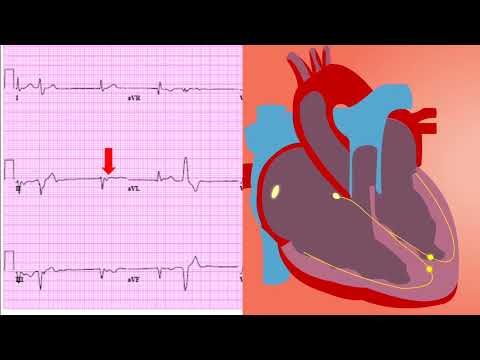🎬 Video Summary
This video provides a detailed overview of abdominal aortic aneurysms (AAA), covering the underlying pathophysiology, common causes, recognizable signs and symptoms, screening methods, and available treatment options. Learn how to recognize the risk factors and understand the importance of early detection and management of AAAs. This guide helps patients and healthcare professionals understand this condition.
🧠Teaching Pearls
- Understand the pathophysiology of abdominal aortic aneurysms (AAA).
- Learn about the major causes and risk factors associated with AAA development.
- Recognize the signs and symptoms that may indicate the presence of an AAA.
- Explore different screening methods used to detect AAAs.
- Discover the various treatment options available for managing AAA, including surgical and non-surgical approaches.
❓ Frequently Asked Questions
Q: What is an abdominal aortic aneurysm (AAA)?
A: An AAA is a bulge or swelling in the aorta, the main blood vessel that runs from your heart down through your abdomen. It can be dangerous if it ruptures.
Q: What are the risk factors for developing an AAA?
A: Major risk factors include smoking, high blood pressure, family history of AAA, older age, and being male.
Q: How is an AAA usually detected?
A: AAAs are often detected during routine medical imaging tests, such as an ultrasound or CT scan, performed for other reasons. Screening is recommended for certain high-risk groups.
Q: What are the symptoms of an AAA?
A: Many people with an AAA have no symptoms. However, some may experience deep, constant pain in the abdomen or back. A rapidly growing AAA may cause sudden, severe pain.
Q: What are the treatment options for an AAA?
A: Treatment options depend on the size and growth rate of the aneurysm. Small aneurysms may be monitored with regular scans, while larger aneurysms may require surgical repair, either through open surgery or endovascular aneurysm repair (EVAR).
Q: Can an AAA be prevented?
A: While not all AAAs can be prevented, managing risk factors like smoking and high blood pressure can reduce your risk. Regular screening is also important for early detection.
🧠 Key Takeaways
- 💡 An abdominal aortic aneurysm (AAA) is a serious condition that requires timely diagnosis and management.
- 💡 Understanding the risk factors, symptoms, and screening methods for AAA is crucial for early detection.
- 💡 Treatment options for AAA vary depending on the size and growth rate of the aneurysm, ranging from monitoring to surgical repair.
- 💡 Lifestyle modifications, such as quitting smoking and controlling blood pressure, can help reduce the risk of AAA development and progression.
🔍 SEO Keywords
Abdominal aortic aneurysm, AAA symptoms, AAA screening, AAA treatment, Aortic aneurysm causes, Aortic aneurysm risk factors, Vascular disease.
“`

